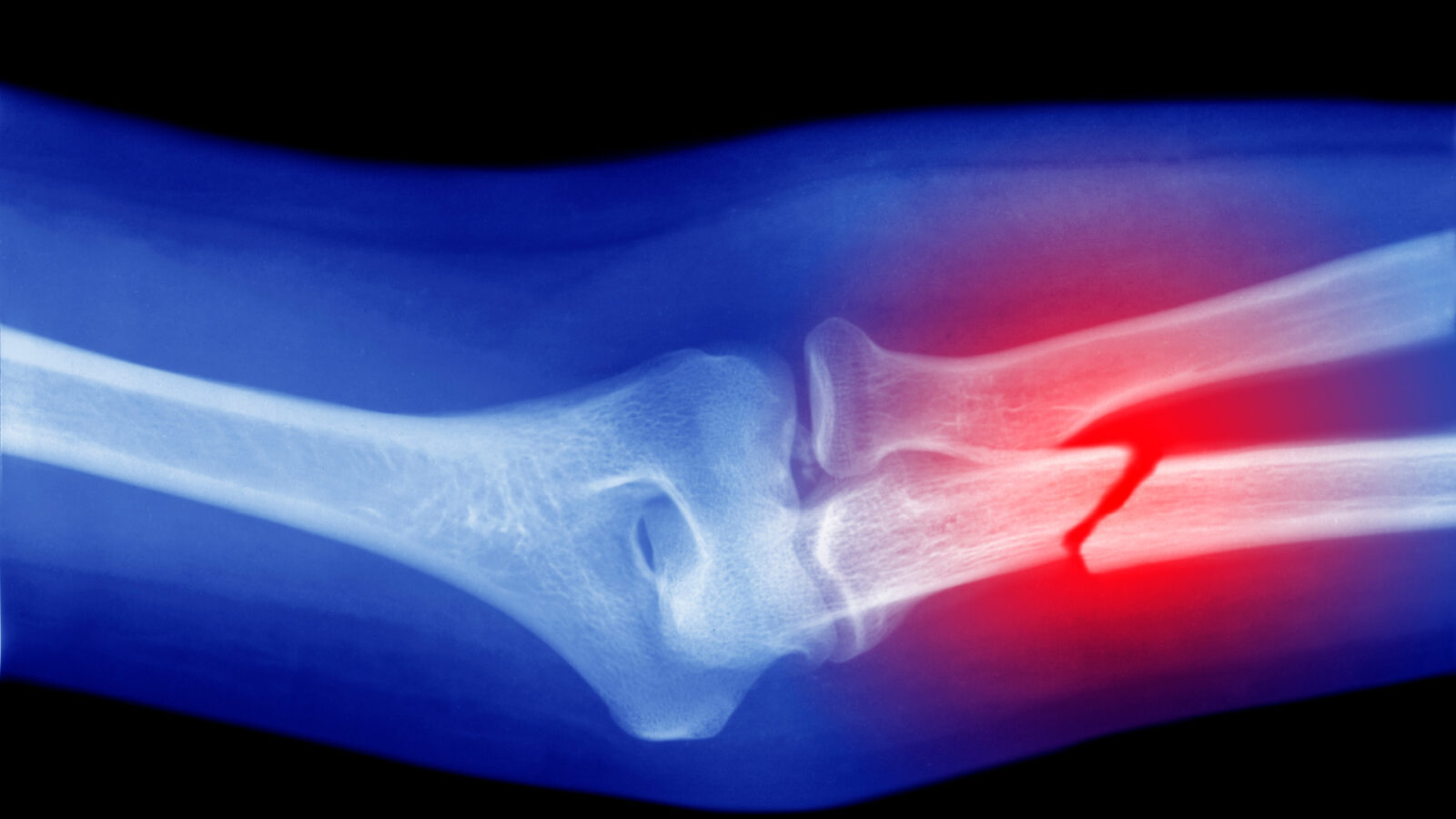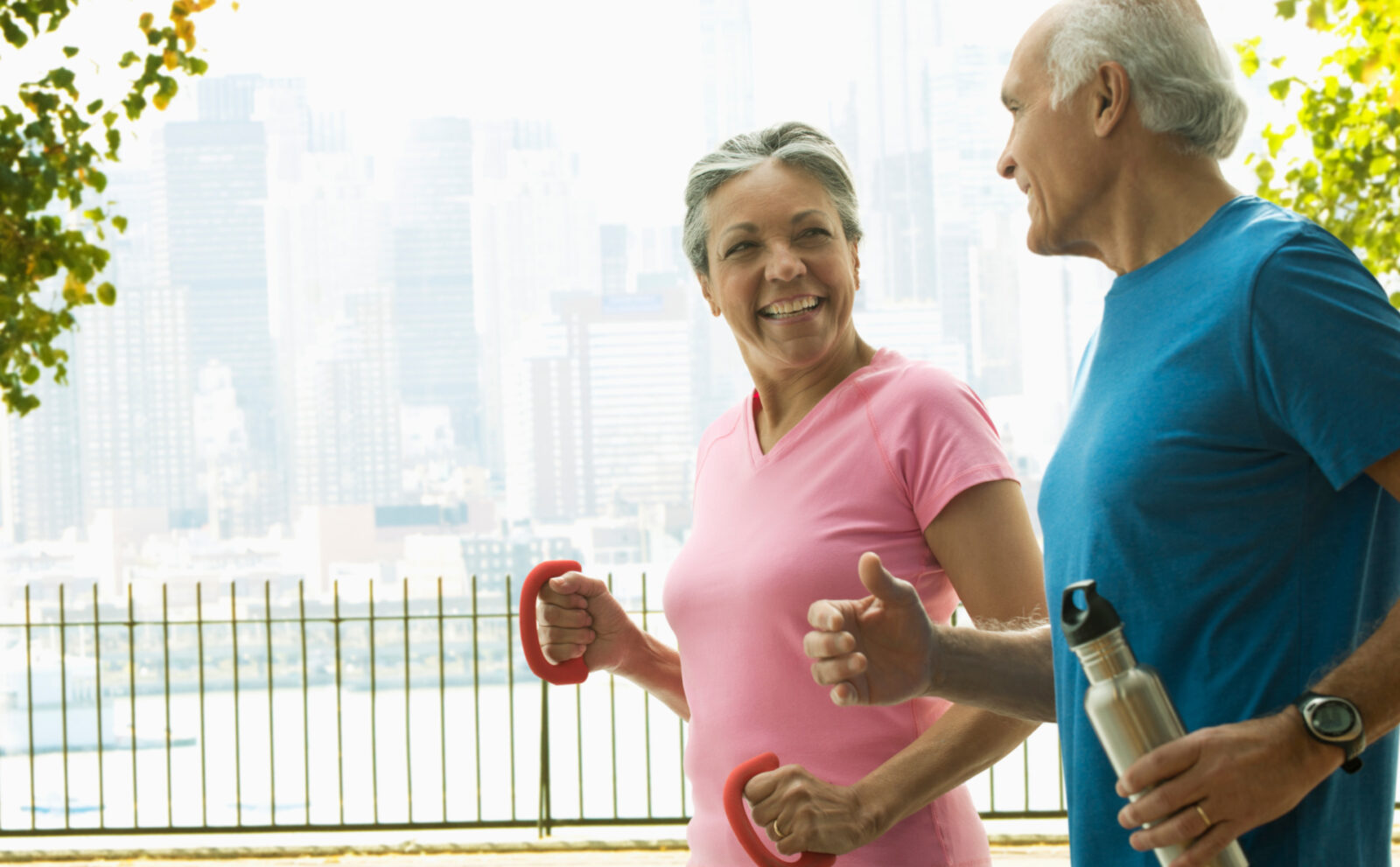
Greying hair and the odd wrinkle here and there are just some of the unavoidable physical changes that occur with age but one physical change that may not be as obvious is the state of one’s bone health.
As the years go by bones naturally become more brittle and prone to breaks and fractures, therefore it should come as little surprise that bone health becomes a matter of paramount importance in older age.
Alarmingly, 1 in 4 men and 2 in 5 women over 50 will suffer from a minimal trauma fracture according to the Australian Institute of Health and Welfare.
Therefore ensuring bone strength and durability through diet and exercise becomes priority number one in an effort to ward off injury and prevent the development of conditions such as osteoporosis, which is common among seniors with 66 per cent of over 50s diagnosed with the condition.
Physiotherapist and founder of Lift Physiotherapy and Performance Dane Ford agrees, stating that “maintaining healthy bones is important for people of all ages, but it becomes increasingly important as we get older”.
“We tend to experience a reduction in our bone mineral density as we age, however, there are a number of steps that older adults can take to help keep their bones healthy,” he said.
As part of Healthy Bones Action Week (August 21-27), the importance of bone health and the measures that are necessary to ensure healthy bones come to the fore as Australians are urged to take the health of their bones into serious consideration.
With the detrimental physical impacts of poor bone health along with the alarming number of seniors who are impacted well and truly in the spotlight, Starts at 60 spoke further with Ford to gain a better understanding of the signs that can indicate poor bone health, the risk factors that can contribute to a break or fracture and what preventive measure can be taken to reduce the risk.

Poor bone health and conditions such as osteoporosis have very few, if any, obvious symptoms or telltale signs. Unfortunately, it often takes a painful break or a fracture before such a condition is recognised or diagnosed.
However, Ford points out that there are some “warning signs” to be on the lookout for that can provide an indication as to the state of one’s bone health.
Some of these warning signs include weakness, experiencing pain, a reduction in height, and poor posture. It could be quite easy to just shrug these off as just signs of getting older but being aware of these changes and recognising their severity could help prevent painful injury down the road.
“By understanding the warning signs of poor bone health, seniors can take steps to protect their bones and reduce their risk of fractures,” Ford explained.
“If you are concerned about your bone health, talk to your doctor about getting a bone density test. This simple test can help to identify osteoporosis and other conditions that put you at risk for fractures.”
Healthy Bones Australia recommends “women and men over 50 with risk factors for osteoporosis need a bone check up with a bone density scan”.

Like any serious condition, there are a number of risk factors that can increase the likelihood of developing poor bone health. Ford highlights that “while there is no single cause of poor bone health in seniors, several factors often combine and compound” that adversely impact the condition of bones.
Despite the biological changes that occur in older age that contribute to the condition of bones, chronic health conditions can also contribute to poor bone health.
“Seniors are also more likely to experience other comorbidities that can impact bone health, such as diabetes or arthritis,” Ford said.
“One other factor to consider is the medication that we are required to take for co-existing medical conditions (such as steroids), which can have the negative side effect of bone loss – it’s important to be aware of this so that we can take steps to minimise these negative effects.”
The structure of bones is constantly in a state of change with new bone constantly being regenerated to replace the old, however “as we age, bone loss occurs at a greater rate than bone growth”.
“This can be due to a number of different factors. First, as we age, our bodies produce less of the hormones that help to build and maintain our bones,” Ford explained.
“Additionally, seniors are often less active than younger adults, which can lead to disuse atrophy and bone mineral loss.”

Given that the consequence of poor bone health is often suffering a painful break or fracture, it’s important to adopt measures that can help avoid such dire consequences.
Prevention is certainly favourable to cure in this instance and like any chronic health condition, there are a number of lifestyle changes and behaviours that can be adopted in order to ensure good bone health.
Ensuring adequate Vitamin D and calcium intake is crucial for maintaining good bone health and ditching cigarettes and giving up alcohol can limit the risk of bone loss. However, Ford’s “favourite way to improve bone health” is resistance training.
“Weight-bearing exercise such as resistance training, walking, or dancing can also help to maintain bone density,” he said.
“Resistance training, also known as weightlifting or strength training, is an excellent way to improve bone mineral density.
“When you lift weights, your bones respond by becoming stronger and denser. This is because they are basically being restructured in order to better support your body. This is especially beneficial for older adults, who tend to lose bone mass as they age.
“In addition to improving bone health, resistance training has also been shown to have additional benefits, such as increasing muscle mass, reducing body fat, and improving balance and coordination. As a result, resistance training provides many important benefits for overall health and well-being.”
IMPORTANT LEGAL INFO This article is of a general nature and FYI only, because it doesn’t take into account your personal health requirements or existing medical conditions. That means it’s not personalised health advice and shouldn’t be relied upon as if it is. Before making a health-related decision, you should work out if the info is appropriate for your situation and get professional medical advice.